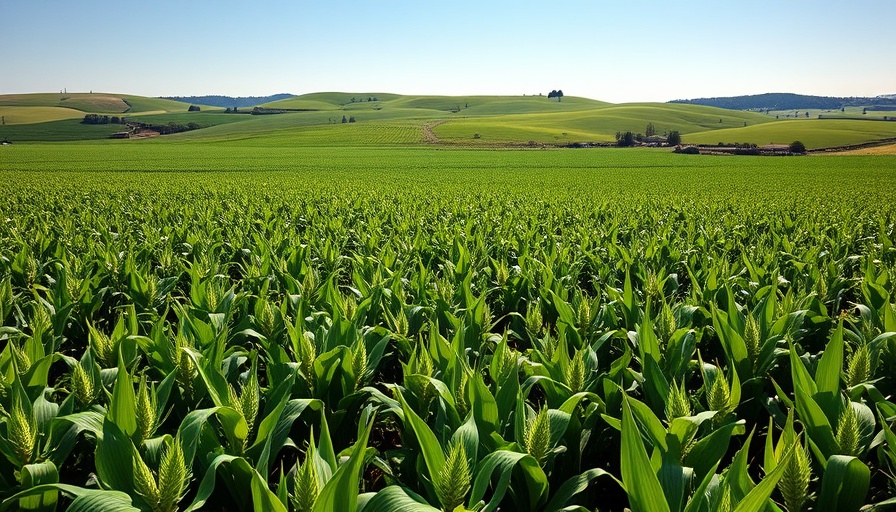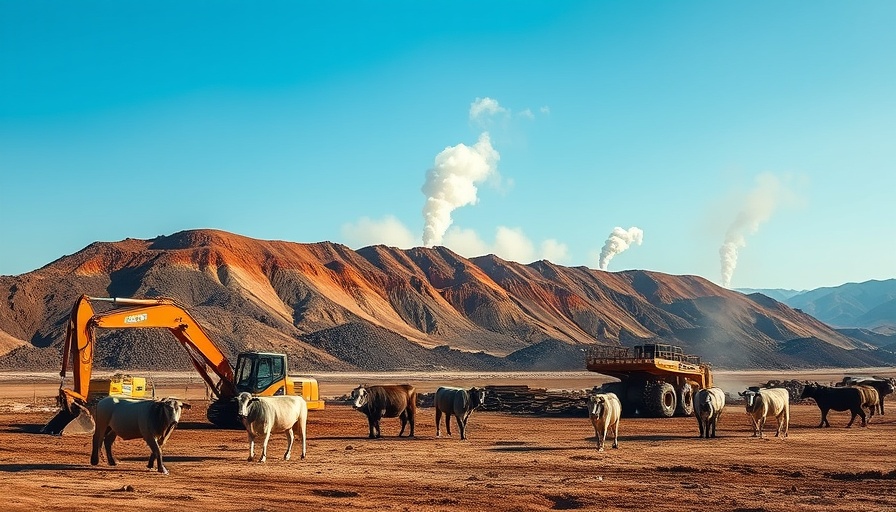
The Hidden Cost of Climate Change on Food Quality
Climate change is gradually revealing its sinister side in agriculture. Beyond the stresses of extreme heat, drought, and flooding, it threatens the very quality of the food produced. A recent study presented at the Society for Experimental Biology's Annual Conference in Antwerp sheds light on this pressing concern, emphasizing that rising temperatures and increased carbon dioxide levels are diminishing the nutritional value of crops, particularly leafy greens.
Understanding the Study's Groundbreaking Insights
Led by Jiata Ugwah Ekele, a doctorate student at Liverpool John Moores University, the research team simulated climate conditions in controlled laboratory settings. They focused on crops such as spinach and kale, known for their nutritional density. The findings were eye-opening: while plants thrived in size under certain conditions, the nutrient quality declined significantly. Key nutrients like calcium and various antioxidants were found to be in lower supply, posing risks for long-term human health.
A Look Into the Science: How Climate Impacts Nutrition
The research employed high-performance liquid chromatography (HPLC) and x-ray fluorescence to analyze the crops' nutritional content. As CO2 levels rose, interesting patterns emerged—some nutrients increased, like sugars, but essential vitamins decreased. Ekele's work highlights a crucial perspective: the conversation around food must shift beyond mere production volumes to encompass what’s inside the food we consume.
Why This Matters: The Broader Implications
The implications of these findings extend deep into the future of our food systems. With climate change already threatening staple crops like rice, wheat, and soybeans, policymakers and farmers must rethink strategies for agricultural resilience. There is a growing call for a food system that not only ensures adequate quantity but also prioritizes quality and nutritional value. A climate-resilient food system is not just beneficial for health—it is vital for human development and adaptation.
Real-World Effects: What Farmers and Consumers Should Know
As these findings reverberate through the agriculture sector, both farmers and consumers need to stay informed. With crops losing essential nutrients, this could alter the nutritional landscape of our diets. For farmers, it may become necessary to explore alternative crops more suited to shifting climatic conditions. For consumers, understanding these nutritional changes can influence purchasing decisions, emphasizing a preference for nutrient-rich varieties wherever available.
Conclusion: A Call to Awareness and Action
The degradation of crop quality due to climate change serves as a critical warning. It’s crucial that all stakeholders, from policymakers to consumers, recognize the interconnectedness of climate dynamics and nutrition. Each person plays a role in advocating for change that not only provisions our plates but nurtures our health. As research continues, fostering awareness about food quality in the context of climate change should remain a priority.
 Add Row
Add Row  Add
Add 




Write A Comment